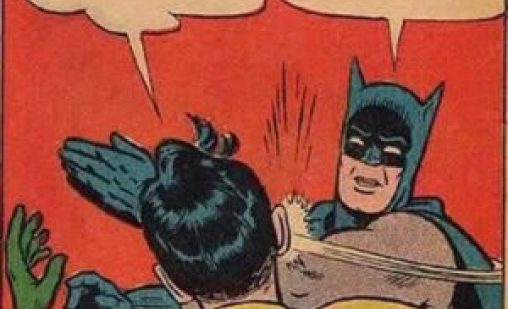The Dormant Commerce Clause.
Imagine this: It’s Day 1 of exam day. You open the booklet for Essay 1 and it relates to something dealing with the Commerce Clause. You then ask yourself if you know the rule. What is the rule to the Commerce Clause besides “regulate channels”?
You then remember a strong answer! There is the Dormant Commerce Clause!!! Along with this, there are three common sub-rules. They are listed here in terms you can remember.
Here is the approach: Start with the Commerce Clause rule and then state the rule for Dormant Commerce Clause. Then discuss the elements that are presented here.
COMMERCE CLAUSE.
Congress has the plenary power to regulate the channels, instrumentalities and any activity that substantially affects interstate commerce.
Then move to the Dormant Commerce Clause. Use this rule below. You can use a separate paragraph or the same paragraph as the one you use for the Commerce clause.
However, this authority is not absolute. States are allowed to regulate commerce if such regulation is not preempted by federal law, and so long as the State regulation does not discriminate against out of staters. If the state regulation discriminates on its face against out of staters, it violates the DCC unless the regulation is necessary for a compelling state interest (strict scrutiny). If the regulation does not discriminate against out of staters, it usually will be upheld so long as it does not unduly burden interstate commerce. Source: Answer A to Question 5 of the July 2018 California Bar Exam.
Exam Tip: Consider if the law discriminates on its face. Here is a tip to check for this. See if State A law explicitly favors its residents over the residents of other states. If so, the law discriminates you should discuss strict scrutiny. This will be covered below.
Thereafter, regardless of whether the law discriminates, use one of the three sub-rules shown here. Most likely all three will not apply. Use the rule(s) that are most relevant to the hypothetical.
Three Common Sub-Rules under the Dormant Commerce Clause.
1. Unduly burdensome. Key: State’s Non-economic interest. Not difficult to analyze.
2. The Market-Participant Doctrine. Not difficult to analyze.
3. Discriminates on its face (the language of the statute explicitly discriminates). Use this element to help you: “No less discriminatory alternatives.” Usually the state will not prevail here.
Here is how you analyze these Sub-Rules.
1. Unduly burdensome.
Key: Discuss State’s Non-Economic Interest.
Apply a balancing test. Discuss the state police powers: Health, safety, and welfare.
2. The Market-Participant Doctrine.
Use this rule: “When a state or local government enters the market as a participant it is not subject to the restraints of the Commerce Clause.”
Then determine whether the state is a market participant. There are exceptions to the market-participant rule. But we’ll get to that later. Usually, people merely discuss whether the state falls within the category of a market-participant.
3. Discriminates on its face (the language explicitly discriminates).
Key: No less discriminatory alternatives. Strict scrutiny is implicated (as mentioned above).
Use this rule: “The state must show that it advances a legitimate local purpose that cannot be adequately served by reasonable nondiscriminatory alternatives. This is a high standard that the state must meet.”
For an example on how the commerce clause appears on an exam, see Question 5 of the July 2018 Cal Bar Exam.
https://juraxbar.com/wp-content/uploads/2019/01/July-2018-CBX.pdf
For Cheat Sheets, go to this link: https://juraxbar.com/cheat-sheets/

